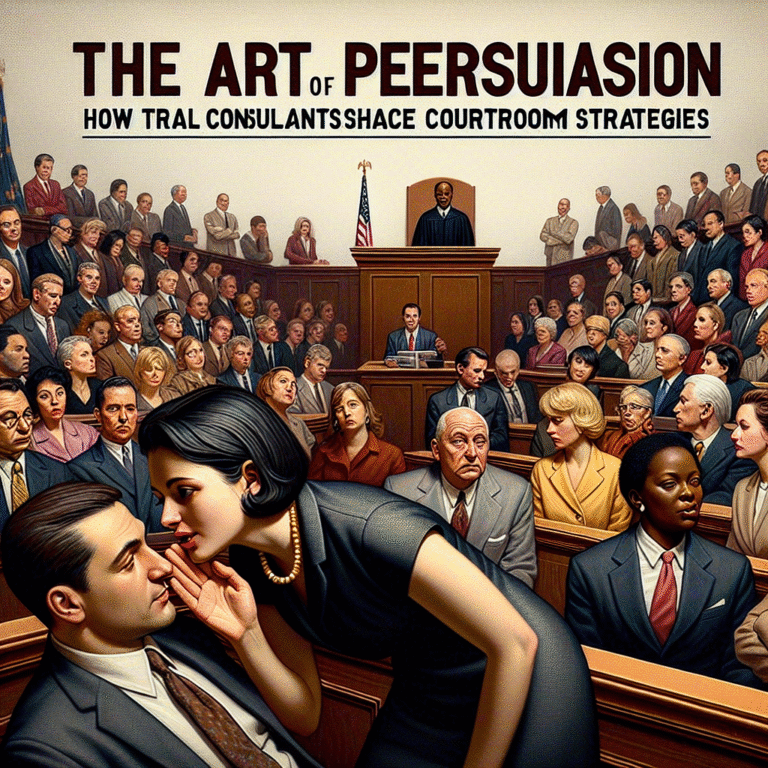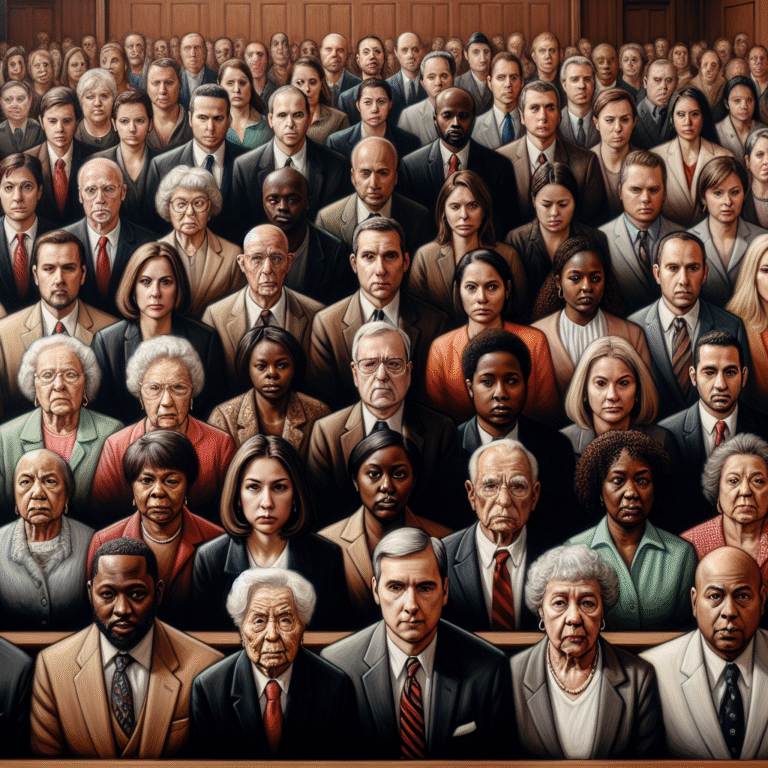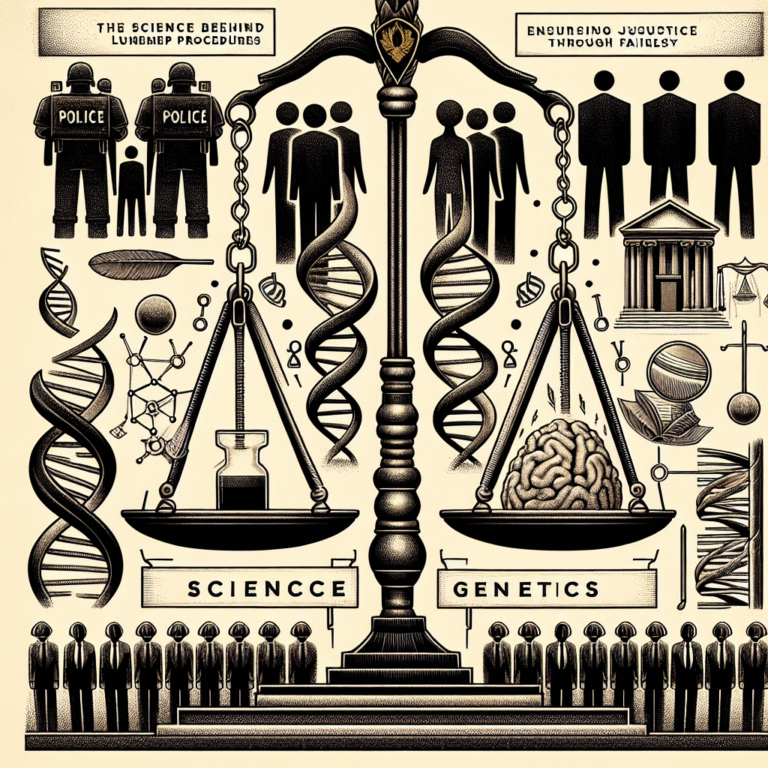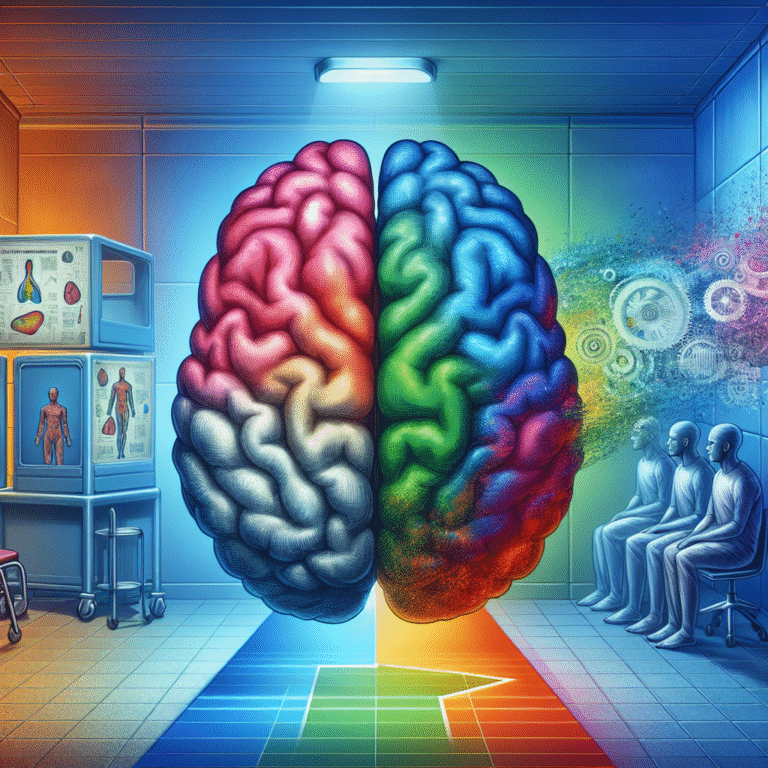
Introduction
Imagine a society where second chances are not just a concept but a reality. Where those who have stumbled find a supportive hand, not judgmental stares. The journey toward rehabilitation for offenders is riddled with challenges, most notably the societal stigma that often accompanies their past actions. Breaking stigmas: society’s role in the success of offender rehabilitation is not just a catchphrase; it’s a pivotal issue that needs our collective attention and action. By understanding this role, we can pave the way for a more inclusive, understanding, and ultimately rehabilitative society.
The Stigma Surrounding Offenders
Stigmatization of offenders is a deeply-rooted issue. When individuals leave prison, society often views them through the lens of their past actions. This stigma can manifest in various ways, affecting their ability to secure employment, housing, and social acceptance. As a result, many may find themselves trapped in a cycle of recidivism due to limited opportunities.
Understanding the Root of Stigma
To understand breaking stigmas: society’s role in the success of offender rehabilitation, we must first delve into the origins of stigma itself. Societal perceptions often stem from fear and misunderstanding. A 2018 study published in Criminology & Public Policy found that more than 50% of surveyed individuals expressed reluctance to hire someone with a criminal record, illustrating a pervasive belief that offenders will reoffend.
Case Study: The Impact of Labels
Consider John, a 28-year-old who served time for drug offenses. Upon release, he faced tremendous barriers; potential employers were quick to label him as a risk, leading to devastating effects on his self-esteem and ability to integrate into society. Without support, John’s potential for recovery diminished significantly. This case is a testament to how labels can create self-fulfilling prophecies.
| Factors That Contribute to Stigmatization | Impacts on Offender Rehabilitation |
|---|---|
| Negative media portrayals | Reduced job opportunities |
| Lack of knowledge/education | Isolation and depression |
| Social exclusion | Increased likelihood of recidivism |
The Power of Community Support
So, how does society play a role in overcoming these barriers? The answer lies in community support and engagement. Communities that embrace rather than exclude offenders foster environments conducive to rehabilitation, creating an atmosphere of acceptance.
Case Study: Community-Based Programs
Programs such as the "Second Chance Act" in the United States aim to provide resources and support for those re-entering society. By offering mentorship, job training, and counseling, these programs significantly lower recidivism rates. In 2020, a report revealed that participants in these programs had a 25% lower rate of re-offending compared to those who did not receive community support.
Key Elements of Successful Community Programs
- Education and Awareness: Workshops focusing on the realities of crime and rehabilitation.
- Employment Partnerships: Collaboration with local businesses to create job opportunities.
- Peer Support Networks: Establishing connections between former offenders and community advocates.
The Role of Education
Education plays a vital role in breaking down societal barriers. It serves not only as a tool for self-improvement but also for demystifying the realities surrounding criminal behavior.
Prison Education Programs
Programs that offer educational opportunities while incarcerated have shown promising results. A 2013 report by the RAND Corporation indicated that inmates who participated in education programs were 43% less likely to recidivate. By investing in education, we invest in a future where stigmatization is less entrenched.
Analyzing Education’s Impact: The "Inside-Out" Model
One standout model is the "Inside-Out" Prison Exchange Program, which allows university students to take classes alongside incarcerated individuals. This approach not only educates but also humanizes those involved, breaking down barriers and prejudices.
| Education Initiatives | Impact on Offender Rehabilitation |
|---|---|
| Vocational training | Increased employability |
| Higher education access | Improved self-esteem |
| Life skills programs | Better life choices |
Media’s Role in Shaping Perception
The media significantly influences public perception. Responsible representation can help dismantle harmful stereotypes and foster understanding.
Transforming Narratives
Stories portraying successful reintegration can change minds. Programs highlighting former offenders who have thrived post-incarceration – for example, individuals leading community initiatives – shift the narrative from one of fear to one of hope.
Case Study: The Documentary "13th"
A powerful example is the documentary "13th," which dives into the racial disparities within the criminal justice system. By bringing awareness to systemic issues, it encourages discussions that can lead to understanding renovation, rather than stigmatization.
Legislative Changes and Their Societal Implications
Breaking stigmas: society’s role in the success of offender rehabilitation is also intertwined with legislative actions. Laws that promote fair treatment and equal opportunity for formerly incarcerated individuals can significantly impact their ability to reintegrate successfully.
Understanding "Ban the Box"
"Ban the Box" initiatives aim to remove the checkbox asking about criminal history from job applications. These legislative measures can alleviate immediate barriers to employment, allowing individuals to be assessed based on their qualifications rather than their past.
Impact Assessment
A report from the National Employment Law Project found that states implementing "Ban the Box" laws saw a 30% increase in employment rates among formerly incarcerated people. This legislation demonstrates how society can facilitate rehabilitation through supportive reforms.
| Legislative Initiatives | Outcomes on Society |
|---|---|
| "Ban the Box" laws | Increased employment for ex-offenders |
| Restorative justice programs | Reduced recidivism |
| Fair housing laws | Enhanced community integration |
The Importance of Empathy
At the heart of breaking stigmas lies empathy. By understanding the challenges faced by offenders, society can begin to alter its perception.
Cultivating Empathy Through Awareness Campaigns
Campaigns that emphasize personal stories and testimonials from former offenders create meaningful dialogue. For instance, storytelling initiatives inviting those who have been incarcerated to share their experiences can foster compassion and understanding.
Case Study: COMBAT Program
The COMBAT (Community Mobilization to Break All Chains of Trafficking) program engages community members in discussions with formerly incarcerated individuals. Results show that participants are more likely to support rehabilitation efforts after hearing firsthand accounts.
Conclusion
Breaking stigmas: society’s role in the success of offender rehabilitation goes beyond surface-level interventions. It involves a multifaceted approach that integrates education, community support, legislative reforms, and empathetic dialogue. When society as a collective strives to understand rather than judge, we build paths toward genuine rehabilitation.
As we aim for a future where every individual gets a second chance, let’s be the advocates for change. Let’s begin conversations, support progressive policies, and challenge our own perceptions. By doing so, we can help rewrite not just individual stories, but the very fabric of society itself.
FAQs
1. Why is societal perception important for offender rehabilitation?
Societal perception strongly influences an offender’s opportunities. Positive perceptions lead to greater acceptance and chances for successful reintegration.
2. What role do educational programs play in reducing recidivism?
Educational programs equip offenders with skills and knowledge, reducing the likelihood of reoffending by enhancing employability and self-esteem.
3. How can communities support offender rehabilitation?
Communities can offer support through mentorship programs, job training, and creating inclusive environments that foster acceptance.
4. What impact do media representations have on public perception?
Media plays a significant role in shaping public understanding. Positive representations can challenge stereotypes and encourage empathy.
5. How can I get involved in supporting offender rehabilitation?
You can get involved by volunteering with local organizations, advocating for policy changes, and participating in community discussions to raise awareness.
Through this expansive inquiry into breaking stigmas: society’s role in the success of offender rehabilitation, we recognize the profound influence of community, education, and legislation in shaping a future where all individuals are granted the chance to rebuild their lives. Together, we can foster a society that sees potential, hope, and possibilities – not just the past.















